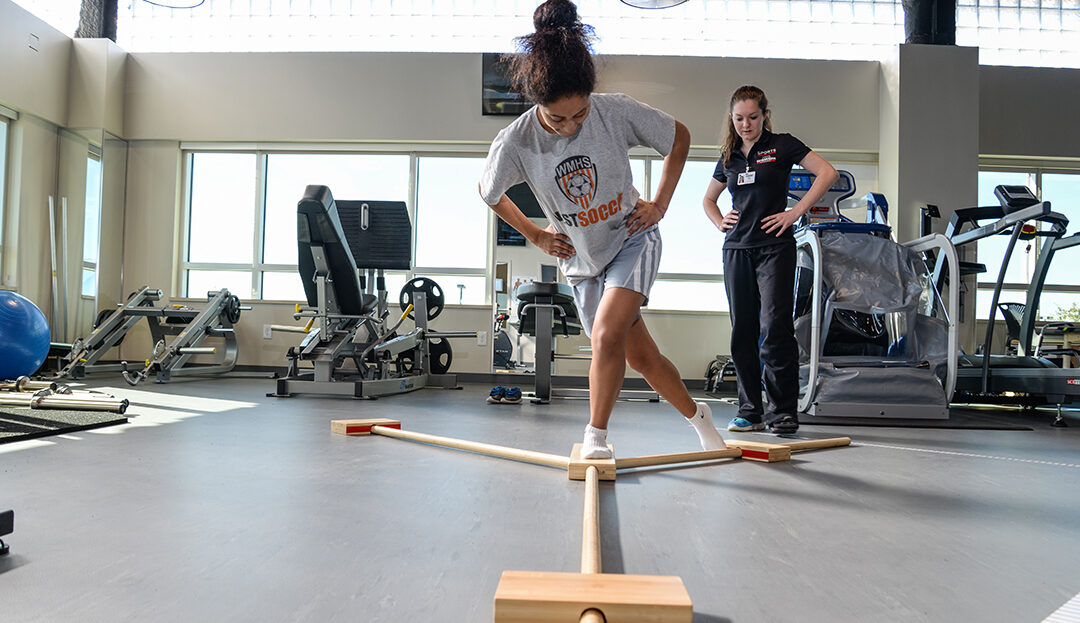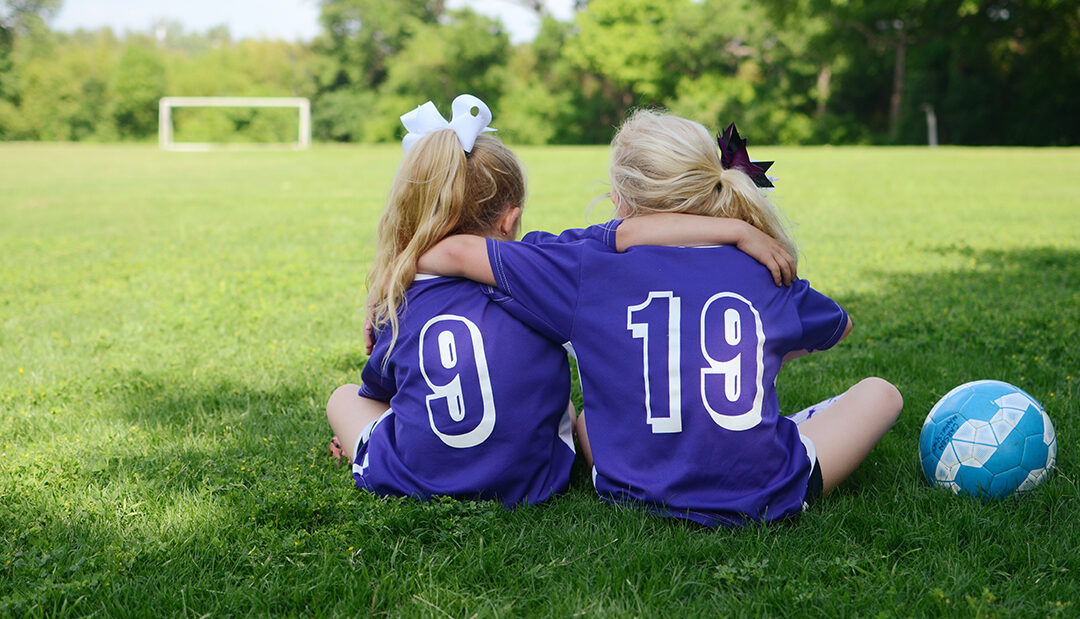
Getting back to sports after an ACL Reconstruction
After an anterior cruciate ligament (ACL) tear, many young athletes choose to have surgery to replace the ACL. In very active kids, the knee is often unstable and at risk of injury without this important ligament. Returning to sports after this procedure takes time and a lot of work.
The “new” ACL, called a graft needs time to be ready for certain activities. The length of time depends on several things including:
Type of Graft – Age – Gender – Sport – Position – Level of Competition
Because very young patients need a different surgery, they need more healing time. Read more about ACL reconstruction for athletes with open growth plates.
Early exercises focus on preventing swelling and stiffness. The graft can tolerate more and more stress over time. Throughout recovery an athlete is allowed to progress from simple exercises for the leg to complex movements that challenge the whole body. We refer to the later stage of rehabilitation as functional training.
The goals of this stage are often shaped by the patient’s sport-specific needs. Research has shown there are also some principles that apply to many athletes. The athlete’s ability to perform certain movements has been shown to help identify patients at risk of an ACL injury or re-injury. We use several different tests to help determine when a patient is ready to return to sports after an ACL reconstruction.
Philip Wilson, M.D., tells us that “as a practice, we are passionate about functional retraining as a means to avoid a second injury. Mounting research has shown that athletes in our pediatric and adolescent age groups are at an extremely high risk for injury to the surgical or opposite leg. Additional research has shown that increasing the time prior to return to sports, and demonstrating documented muscle strength and control are the best ways to avoid these new injuries.”
Because many sports require stability on a single leg in activities like running, pivoting, stopping, kicking, and throwing, the tests challenge athlete’s ability to stand on one leg. Additionally, these functional movements challenge the strength and flexibility throughout the body. A comprehensive rehabilitation program incorporates these concepts from the beginning:
Flexibility – strength – stability – muscle activation – balance – control – body awareness
For this, and many other injuries, surgery is only the first step on the road back to sports. An athlete must also be committed to the rehabilitation and functional training required to return to sports. We encourage athletes to use these concepts in their training programs before they sustain game-changing injuries.
For information about injury prevention and pediatric sports medicine, please visit our website at Scottish Rite.

